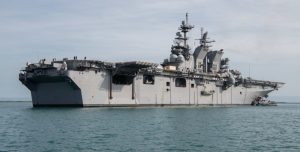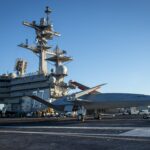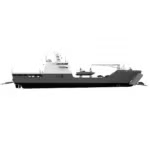
Navy officials on Wednesday admitted the Navy’s current plan to procure the future America-class amphibious assault ship, LHA-10, about a decade after LHA-9 would increase costs and impact the industrial base. The Navy’s FY ‘23 budget request seeks funds to finish funding procurement of LHA-9, which Congress has funded incrementally for several years. However, the plans slow the purchase of LHA-10 to FY ‘31, eight or 11 years after LHA-9, depending on what procurement year is assigned to LHA-9. During…

 By
By 











